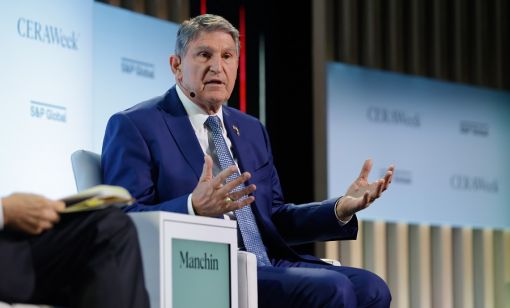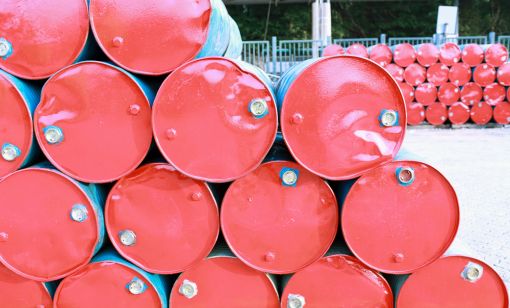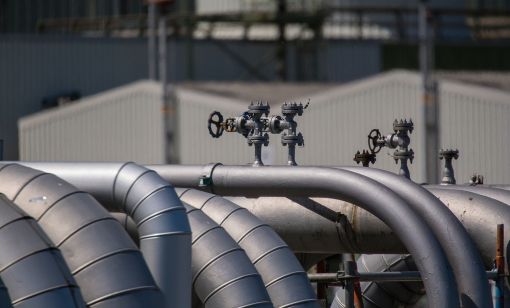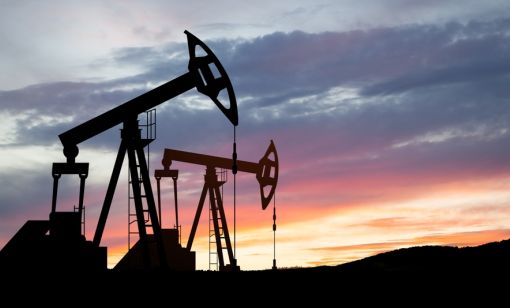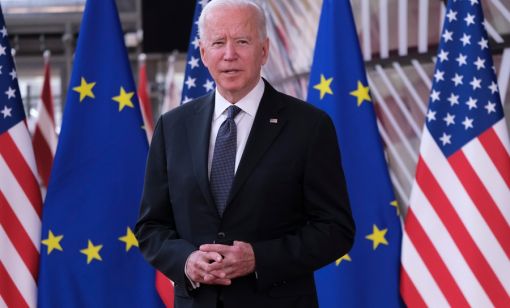Russia
Liquefied Natural Gas (LNG) , Policy & Regulations , CERAWeek
CERAWeek: Sens. Manchin, Sullivan Say LNG Pause Needs to be Paused
U.S. Sens. Joe Manchin and Daniel Sullivan argued against the recent LNG pause announced by U.S. President Joe Biden, saying it creates doubts among allies and creates an opening for competitors as well as U.S. rival Russia.
Finance , Investment , Crude Oil
Kissler: OPEC+ Likely to Buoy Crude Prices—At Least Somewhat
By keeping its voluntary production cuts, OPEC+ is sending a clear signal that oil prices need to be sustainable for both producers and consumers.
Crude Oil , International
What's Affecting Oil Prices This Week? (March 18, 2024)
On average, Stratas Advisors predicts that supply will be at a deficit of 840,000 bbl/d during 2024.
Energy Transition , Liquefied Natural Gas (LNG) , Natural Gas
Sabadus: US to Steer Global Energy Markets Amid Clashing Forces
Increased geopolitical risk and the shift from fossil fuels to renewables are pulling the world in different directions, and the U.S. will be called to play a significant role in the global tug of war.
Crude Oil , International
What's Affecting Oil Prices This Week? (March 11, 2024)
Stratas Advisors expects oil prices to move higher in the middle of the year, but for the upcoming week, there is no impetus for prices to raise.
Crude Oil , International
Oil Market Shifting Back to Supply/Demand
Stratas Advisors' John Paisie forecasts the price of Brent crude to increase during the second and third quarters of this year and move toward $90/bbl.
Crude Oil , International
What's Affecting Oil Prices This Week? (March 4, 2024)
For the upcoming week, Stratas Advisors expect the price of Brent will move sideways and will struggle to break through $85.
Crude Oil , International
Oil Rises After OPEC+ Extends Output Cuts
Rising geopolitical tensions due to the Israel-Hamas conflict and Houthi attacks on Red Sea shipping have supported oil prices in 2024, although concern about economic growth has weighed.
International , Liquefied Natural Gas (LNG)
Belcher: Election Year LNG ‘Pause’ Will Have Huge Negative Impacts
The Biden administration’s decision to pause permitting of LNG projects has damaged the U.S.’ reputation in ways impossible to calculate.
Crude Oil
What's Affecting Oil Prices This Week? (Feb. 26, 2024)
Stratas Advisors forecast that global crude production will be essentially unchanged from 2023, which means that demand growth in 2024 will outpace supply growth.

